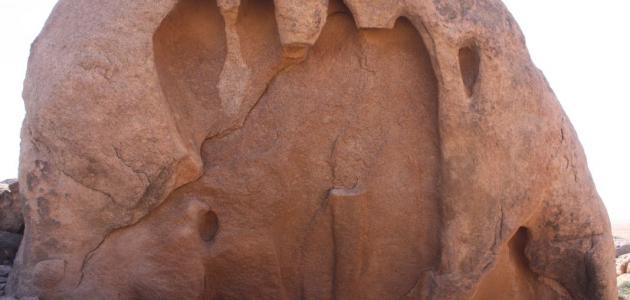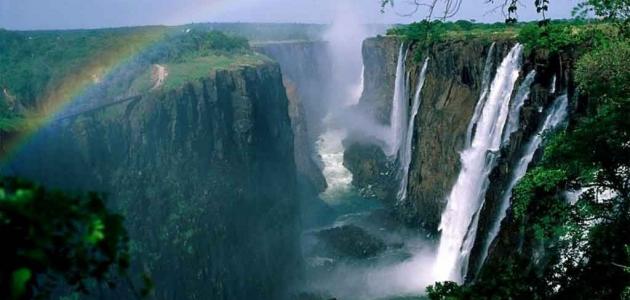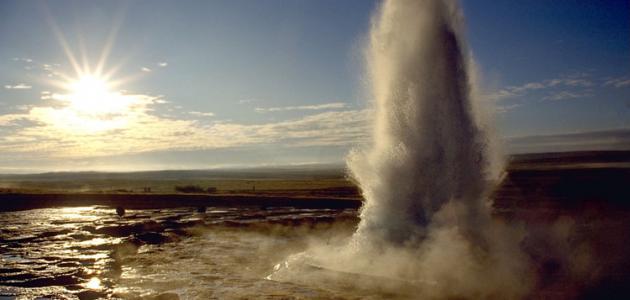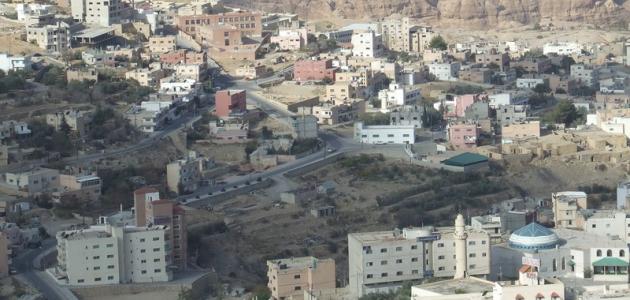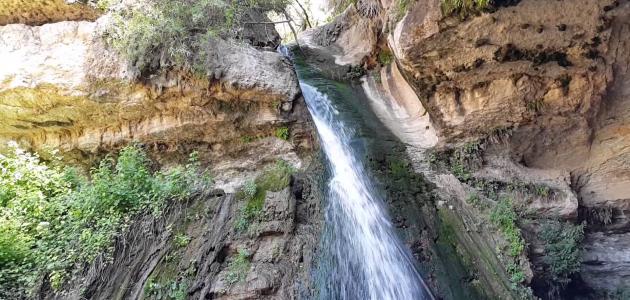Earthquake characteristics
Earthquakes are considered oscillations that occur on the surface of the Earth as a result of the sudden sliding of layers and rock blocks in the interior of the Earth. The surface separating the sliding layers is called a fault, and the point under the surface of the Earth from which the earthquake originates is called the epicenter of the earthquake. As for the point directly above it above the surface of the Earth, it is called the epicenter. This indicates the occurrence of minor vibrations that precede the main earthquake, and other vibrations that follow it in the same place, but they are weaker and have little impact. The period of time during which small earthquakes continue to occur depends on The strength and size of the main earthquake, and the following are the characteristics of earthquakes that help to study, analyze, and avoid their dangers in the future:
earthquake magnitude
The term earthquake size expresses a measure to express the intensity of an earthquake, and the size of an earthquake is measured using a special device called a seismograph. Scientists have created many measures and standards that are used to measure the strength of an earthquake, so that if they are used to measure the size of a specific earthquake, the values Their results are equal, and the most famous of them is the Richter scale, which is also called the local magnitude scale, the surface wave magnitude scale, and the internal wave magnitude scale. However, these scales cannot be applied practically to large-sized earthquakes. Therefore, the earthquake moment scale was invented, which is characterized by its applicability to all sizes of earthquakes.
Read also:Definition of tides
The epicenter and surface epicenter of the earthquake
The point from which an earthquake originates is called the epicenter, and it is the point at which cracks and separation occur between two blocks or layers of the Earth's crust. As for the epicenter of a surface earthquake, it is the point that is above the epicenter of the earthquake and is on the same vertical plane with it and is located above the surface of the Earth. The epicenter of a surface earthquake is considered more It is more widely used and useful for reports and analyzes related to earthquakes because it is easy to identify on a map. The epicenter of a surface earthquake is usually the most damaged place because the waves are more intense, but the matter may be different in earthquakes with a wide impact and whose waves extend over vast distances, as the damage may be greater. In areas far from the epicenter, as happened in the Alaska earthquake, which had a magnitude of 7.9 and recorded its greatest damage at a distance of 330 km from its surface epicenter.
Seismic waves
Seismic waves arise as a result of sudden rupture of layers in the Earth's interior, and are monitored by special seismic devices such as seismographs. Seismic waves have been classified into two main types: Body waves travel through the inner layers of the Earth, and surface waves travel above the Earth's surface. Each type has specific characteristics and different methods of travel.
Body waves
Body waves are divided into two types of waves, as follows:
Read also:Erosion- Primary waves: (in English: Primary Waves); It is characterized by its great speed, so it is the first wave to be monitored, and its speed varies depending on the transmission medium, as it travels through the air at a speed of 330 meters/second, and at a speed of 5000 meters/second in granite rocks, and its propagation mechanism depends on the alternating pressure and expansion of the molecules of the transmission medium, so it is also called With pressure waves, the movement of rocks and ground layers is parallel to the movement of waves due to their longitudinal movement.
- Secondary waves: (in English: Secondary Waves); They are called shear waves or vibration waves, and they are characterized by moving transversely, so they are more harmful than primary waves and are also slower than them. The movement of rock particles and ground layers is perpendicular to the direction of wave propagation. These waves cannot travel through air or water.
surface waves
Surface waves move over the surface of the Earth, and although they are slower than body waves, they are the waves responsible for the damage and destruction resulting from earthquakes. Surface waves have a low frequency compared to body waves, so they are easy to distinguish on a seismogram. The deeper the earthquake, the weaker the strength of the surface waves. Their damage is less, and surface waves are divided into two types as follows:
- luv waves: (in English: Love waves); Love waves were given this name after the British scientist Augustus Love, who created a mathematical model describing them in 1911 AD. Love waves result from the interaction of secondary waves with the shallow rocky layers of the Earth’s crust and are characterized by their horizontal movement. Therefore, they are monitored by devices that monitor horizontal waves. They also cause horizontal vibrations on the surface of the Earth, and the speed of transmission of Love waves depends on the period of the wave. It is the time period it takes for the wave to complete a complete cycle, and its travel speed ranges between 2-6 km/s depending on the value of the wave period.
- Rayleigh waves: (in English: Rayleigh Waves); Rayleigh waves were given this name after the scientist John William Rayleigh, who predicted their existence through mathematical equations in the year 1885 AD. Rayleigh waves are responsible for the vibrations resulting from earthquakes more than any other waves, as they move the surface of the Earth up and down in a reciprocating manner, just like sea waves. .


